Ex MTA bus driver Gary Fonville has kept a keen eye out for Forgotten items and has been a site contributor since 2000 — almost as long as FNY has been in existence. Here he comes up with yet another selection of ancient reminders of the past to be found on NYC streets — just by looking up.

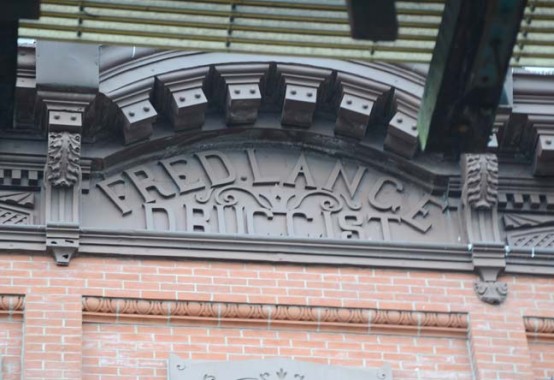
By GARY FONVILLE
Forgotten NY correspondent
If you drive down Broadway, near Ditmars Street , in Bedford Stuyvesant in Brooklyn , you’d never see what’s special about this building. In fact, your webmaster Kevin did a shoot a few weeks ago with his camera facing the opposite direction, making note of the elevated structure for the Myrtle Avenue BMT line.
However, while riding the J one afternoon, I noticed a unique sign that says “Fred Lance [or Lange] Druggist” built into the cornice of a building. I made a mental note of where the location is, since I didn’t have my camera that day. I went back to that location by car a few days later to get a good shot of this sign. The sign reflects the change in terminology for the word “pharmacy.” The word “druggist” has a negative connotation in today’s world.
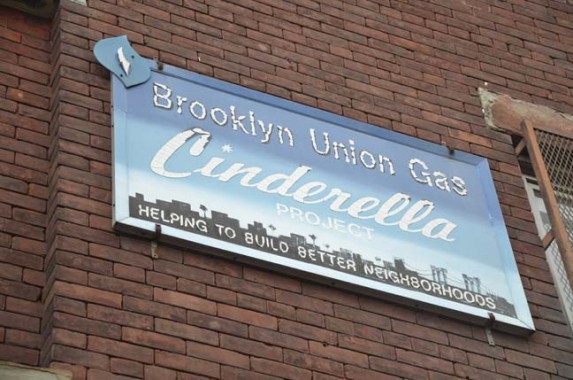
Just as in banks, consolidation makes it difficult to remember company names. They seem to be always changing. For example, Verizon was once Bell Atlantic. Before that, it was Nynex. Before that, it was N.Y. Telephone. What we now know as National Grid was once Keyspan. Before that, it was Brooklyn Union Gas. Got that? This peeling sign can be seen on the NW corner of Morgan Avenue & Grand Street in East Williamsburg, Brooklyn.

It seems that the MTA forgot to update this Braille sign on the lower level of the Manhattan-bound platform at Nostrand Avenue in Brooklyn. The C hasn’t had Bedford Park Boulevard as its northern terminus for many years. To me it didn’t make sense for the MTA to change the C’s terminus to 168th Street in Manhattan and changing the B’s terminus to Bedford Park. As it was before, with the B terminating at 168th Street in Manhattan or the C terminating at Bedford Park, both 6th or 8th Avenue service could be gotten from both stations without having to change trains.
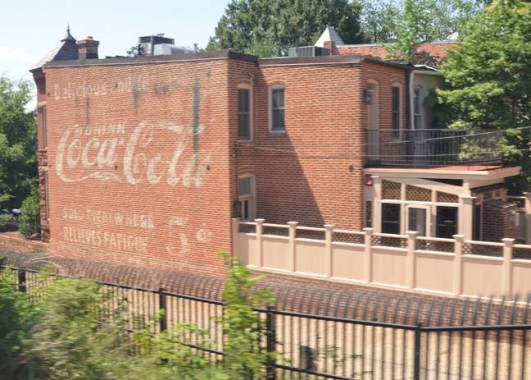
To take this pic, I had to put my camera on flash mode. For you novices, flash mode on a camera is when the camera can take shots in rapid succession when the shutter button is depressed. Since the train that I was on was moving, this is the only way I could get this shot. This great old Coca-Cola sign can be seen near the portal of the tunnel that navigates under the U.S. Capitol building in Washington, DC. If traveling to any destination on Amtrak south of Washington, it can be seen on the right side after exiting the tunnel.

While waiting for my wife to get some stuff from Ben’s Chili Bowl in Washington, I noticed this well preserved Coke sign.. Since my camera was nearby, I did what I had to to do. It’s right across the street from that world’s famous restaurant on U Street, NW.

This sign on Troutman Street between Bushwick Avenue and Broadway has a “twin” that can be seen at www.waltergrutchfield.net/gaus.htm.

This old neon sign for a pharmacy is at Kosciuszko Street & Broadway in Bedford-Stuyvesant, Brooklyn.

Looks like this one could be reconditioned with tlc and restarted. Location: Franklin & Putnam Avenues, Bedford-Stuyvesant, Brooklyn.
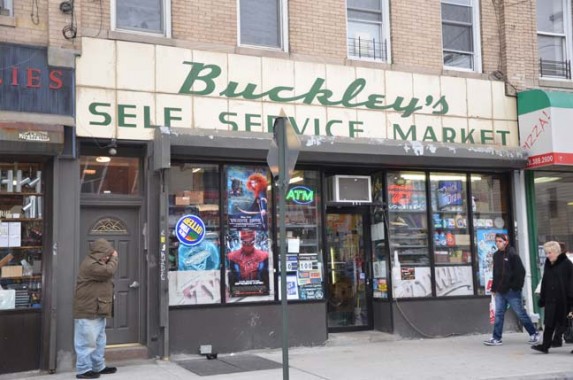
Buckley’s Self Service Markets sports a fantastic enamel sign on Nassau & Kingsland Avenues in Greenpoint, Brooklyn.
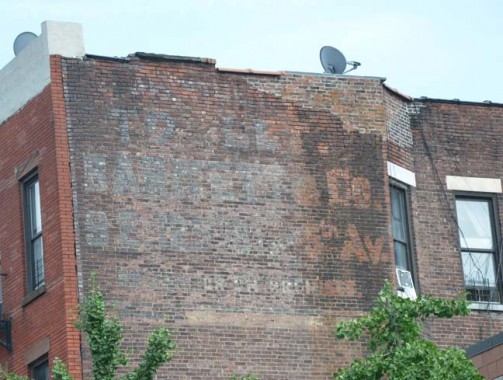
Advanced age has almost got the best of this antique sign on Lenox Avenue, near West 138th Street. You can still discern that the concern was on 8th Avenue.

There are many old dilapidated liquor signs around NYC. This one at 124th Street & Lenox Avenue is still holding on.
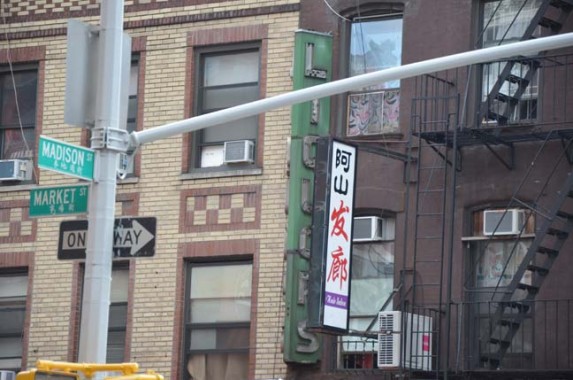
Another neon liquor store sign survives here at Market & Madison Streets in LES (Lower East Side), Manhattan.
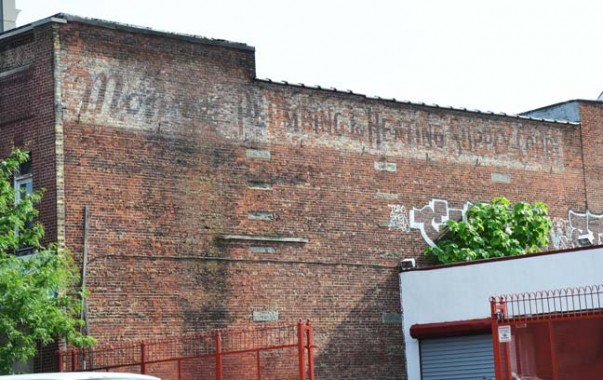
A plumbing and heating supply company left its trace here on Bedford Avenue, near Lafayette Avenue in Bed-Stuy, Brooklyn. If you drive along Bedford Avenue, you’ll never see it because it will be behind you.
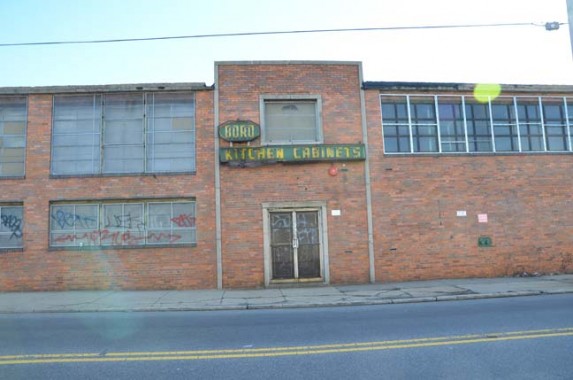

I originally thought this cabinet maker was defunct until I passed by last week and saw activity in the yards with trucks, forklifts, etc. Cooper Avenue near Wycoff Avenue in Bushwick, Brooklyn.

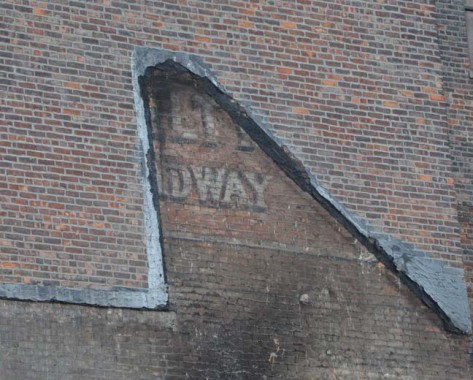
I was going to work one cold day last year when I exited the A train at 207th Street station. The first thing I smelled was smoke. When I got to the street level, the NYFD was wrapping things up after a devastating fire at 207th & Broadway that destroyed several businsses including a branch of Citibank. After demolition of the heavily damaged buildings, a trace of an old painted sign appeared. I came back later to do these two shots because I didn’t have my camera that day.
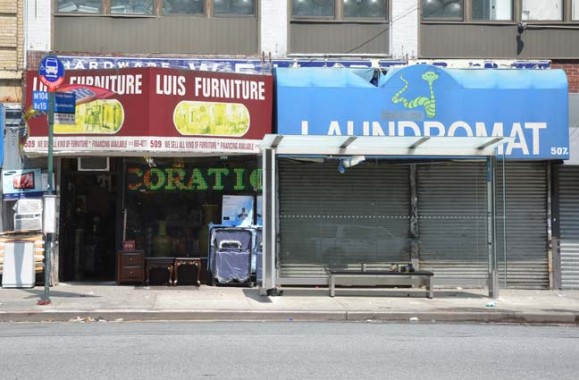
I saw this while driving eastbound on 125th Street between Broadway and Amsterdam Avenue. The current business’s sign almost made the older enamel sign disappear due to its placement.
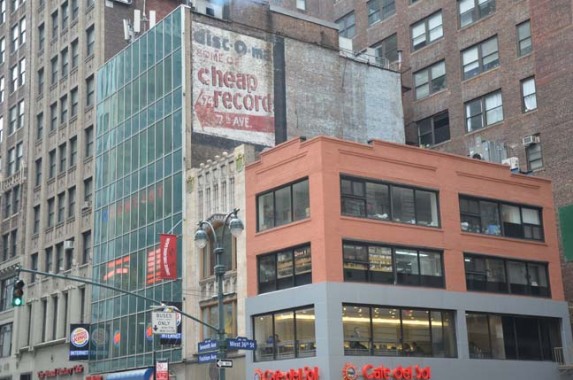

This sign represents something from the past – vinyl records. Although vinyl has made somewhat of a comeback, they’re still viewed as relics, as other modes of recorded music have taken its place. Disco-Mat was located on the south side of West 34th Street, just east of 7th Avenue. I should know. I dropped many dollars in that store during the late 1960s and early 1970s.
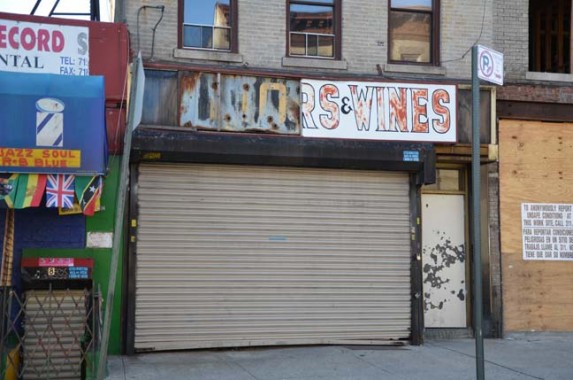
One liquor sign on top of another can be seen here in the bus stop for the eastbound B45 bus at the SW corner of Nostrand Avenue & St. John’s Place in Crown Heights, Brooklyn.

The Salvation Army has left its trace on a building on Cypress Hills Street, near Fresh Pond Road in Ridgewood, Queens.
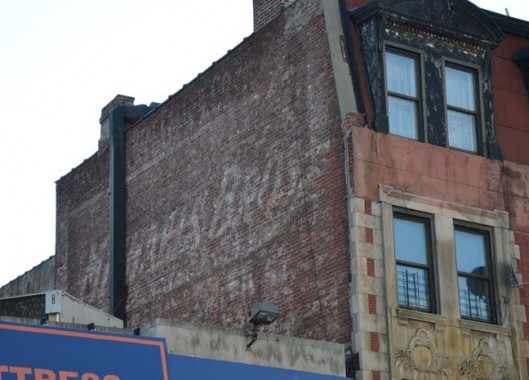
Time as well as sunlight has almost erased this sign on the east side of Flatbush Avenue, near Linden Boulevard in Flatbush, Brooklyn.
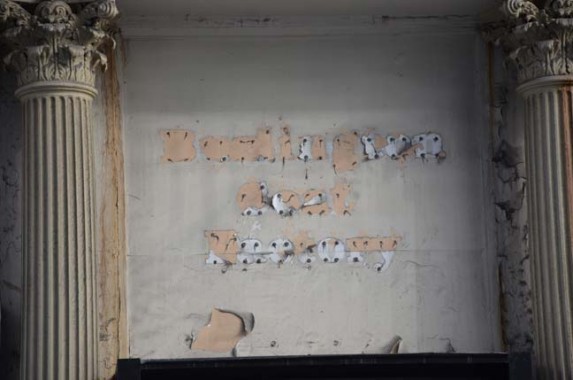
This Burlington Coat Factory location was heavily damaged on September 11, 2001. It was so damaged that the suits at Burlington decided to shutter it permanently. The site was chosen to be the location for a mosque. There was so much controvery about that decision that the NYPD had to be stationed there 24/7.
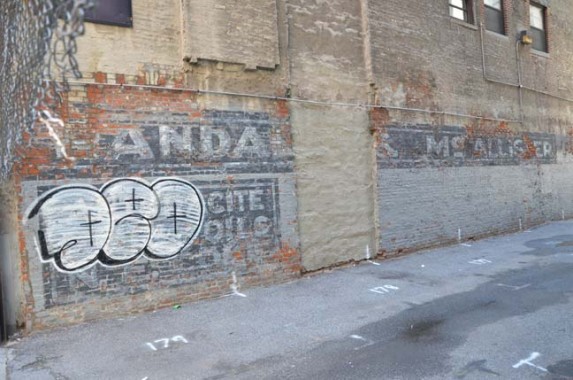
A grafitti “artist” has almost completely made this anthracite coal sign on West 28th Street between Broadway and 5th Avenue disappear. Coal for heating purposes has almost vanished in NYC due to air pollution concerns. When coal was used, anthracite was chosen over bituminous coal due the fact that anthracite burns cleaner. Are there any FNY fans who remember getting coal deliveries to their school or house?

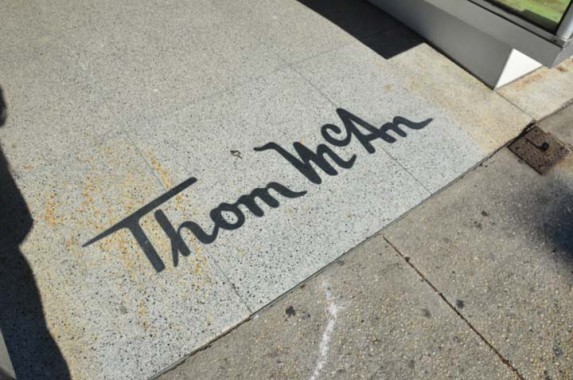
Thom McAn shoe stores were once ubiquitous in NYC. Thom McAn dates back to 1922. It was named after a Scotish golfer named Thomas McAn. The company started small, but grew to have several hundred outlets. The company hit its stride from the 1950s to the mid-1972. However, casual footwear such as sneakers began to have a negative effect on its bottom line. This mortal wound caused them to almost disappear from the retail scene. There was once a Thom McAn store here on Pitkin Avenue near Saratoga Avenue in Brownsville, Bklyn.
[The Thom McAn brand id still available at K-Mart]

These grocery signs were once seen all over NYC. This one survives on the SW corner of Ralph Avenue & Fulton Street in Bedford Stuyvesant, Brooklyn.


5th Avenue near Green-Wood Cemetery in Park Slope, Brooklyn.
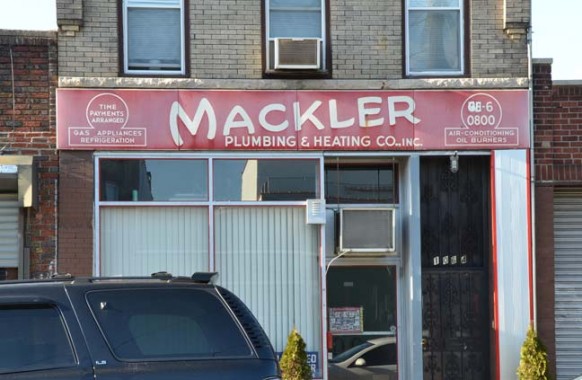
39th Street in Borough Park, Brooklyn.
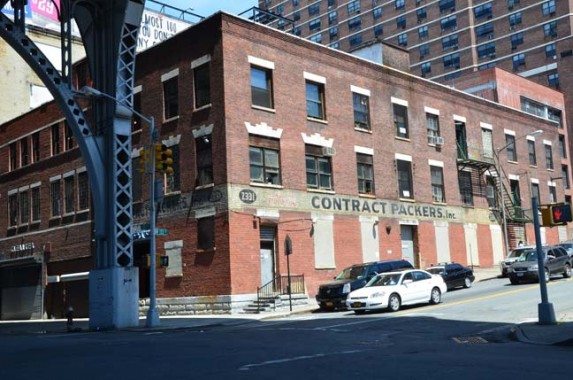
Riverside Drive (at street level, not on the viaduct) and West 133rd Street is the home of this former company. The only negative aspect of working in this area is being bombarded by the aromas coming from Fairway Market.

Another iconic grocery sign featuring Breyer’s ice cream is here at DeKalb Avenue & Gun Hill Road in Norwood, The Bronx.

Union Street near Nevins Street in Gowanus hosts this old neon sign.
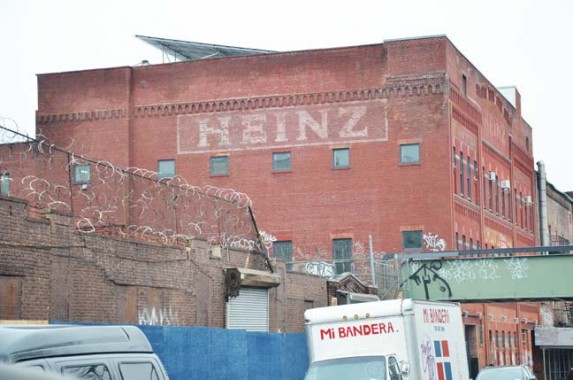
Your webmaster did a picture of the Heinz sign on Bergen Street a few years ago. He, as I did, thought that was the only Heinz sign on the building faced Bergen Street. I discovered that there’s an even larger Heinz sign on the building that faces Classon Avenue!
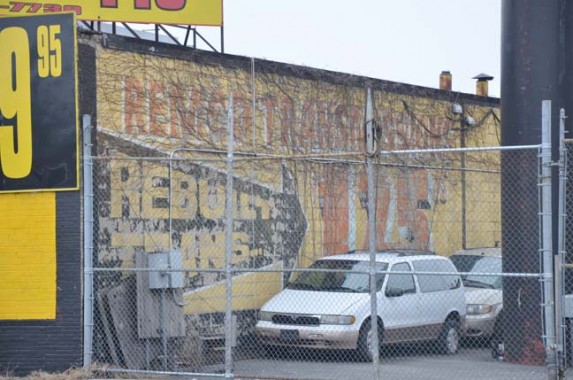
$125 for a rebuilt transmission? In your dreams. Linden Boulevard near Dewitt Avenue, East New York, Brooklyn.


Pittsburgh Paints’ advertised at this retail outlet at Rockaway Parkway and Linden Boulevard in Brownsville, Brooklyn. This site has two types of sign, a hand-painted one and an enamel one.
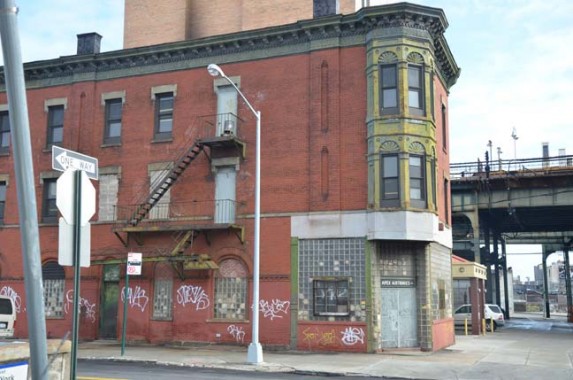
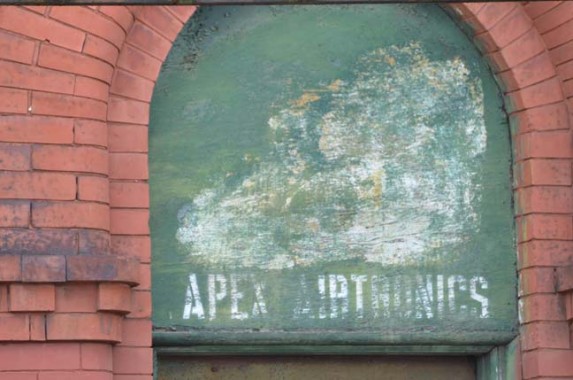
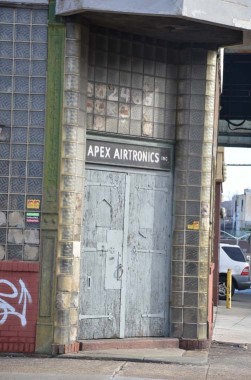
Van Sinderen & Atlantic Avenues is/was the home of Apex Airtronics. Can any FNY fan explain what are “airtronics”?
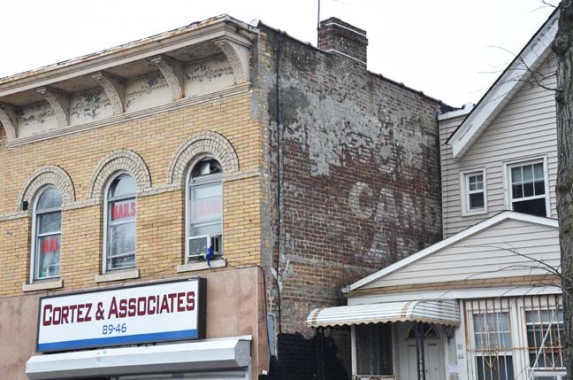
Woodhaven Boukevard, near 91st Avenue is the site of this photo. It appears as if the house was constructed AFTER the candy sign’s installation. The part that’s covered must be in pristine condition.
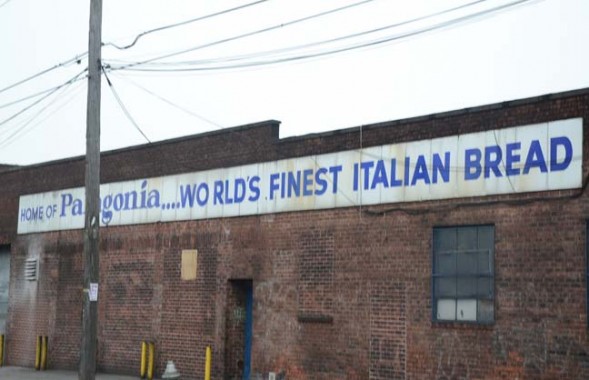
This must be the longest enamel sign of which I’ve taken a picture. It belongs to the Palagonia Baking Co. on Junius Street in Brownsville, Bklyn.
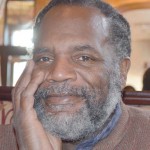 FNY Correspondent Gary Fonville was born in New Bern, NC on February 10, 1952 and entered the NYC Public Schools in 1958 but only attended for two years.He attended SUNY at New Paltz, graduating in 1975. After graduation, married wife Rebecca and worked in the educational field until 1982. In October, 1982 he began working for the NYCTA as a Bus Operator and worked in that capacity until October, 2003. His new hobby, photography, came about by being a contributor to FNY and snapping many photos in the process.
FNY Correspondent Gary Fonville was born in New Bern, NC on February 10, 1952 and entered the NYC Public Schools in 1958 but only attended for two years.He attended SUNY at New Paltz, graduating in 1975. After graduation, married wife Rebecca and worked in the educational field until 1982. In October, 1982 he began working for the NYCTA as a Bus Operator and worked in that capacity until October, 2003. His new hobby, photography, came about by being a contributor to FNY and snapping many photos in the process.
4/5/13

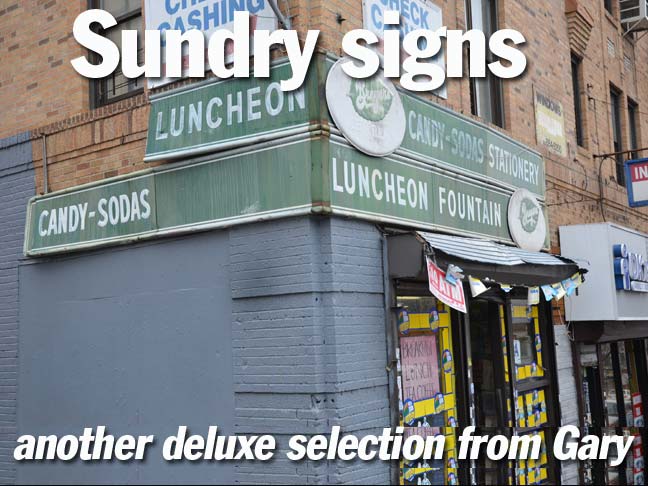
36 comments
I think the Frank Bee’s sign on East Tremont Ave would have fit in nicely here 🙂 As for the Breyer’s sign, I pass by it every day on my way to college. I think it’s a very sweet sign–no pun intended. 🙂
Love the pix! Especially the old Grocery and Soda Fountain storefronts. The Breyer’s store’s correct location is Gun Hill Rd & Hull Av (found it on googlemaps), though there was a Breyer’s store at Gun Hill Rd & DeKalb Av (Grandmother lived at 3467 DeKalb Av – 1st bldg south of Gun Hill Rd) in the 60’s and 70’s.
great artucle
I don’t remember actual coal deliveries to businesses or homes, but many homes built in the pre WWII era still have a cast iron trap door in the foundation where the coal would be shoveled into a shoot to the basement of the house near the furnace. I do remember delivery of milk, and bread and bakery products in Divco delivery vans in the fifties. Many houses also had a door in an outside wall (near the kitchen entrance at the side of the house) where the milk man would place the glass milk containers. Later on in the fifties wood then metal milk boxes were provided by the milk company to leave their products in.
Great camera work – My compliments to Gary!
My grandmother’s apartment still used coal in the early 1950s and I remember it going into the chute and us kids having to go down and bring some up for the coal stove in her kitchen. She lived on Greene Ave in the Bushwick section of Brooklyn. And we always bought our shoes at Thom McAn!. Thanks for the memories.
Apex Airtronics supposedly makes radio & TV components, according a Google search.
Excellent post !!!
Remember coal sliding down a chute from a coal truck into our basement in Yorkville in the early 60s.Made a big racket.
Then we got hip and converted the boiler to burn fuel oil
We lived on 12 St in Bklyn and had a coal furnace until the mid-late 60’s. I always say I was the last kid to manage a coal furnace and have never been challenged. Our furnace burned coke rather than anthracite. It was delivered by very big men rolling barrels across the sidewalk, through the front yard to a cellar opening into which they had placed a long metal chute. The hardest part was carrying the 5 gallon tar cans filled with ashes up the wooden cellar stairs and out to the sidewalk for pick up.
At least through the 90’s a Bd of Ed annex on Livingston St across from the big Bd of Ed building was receiving coal deliveries.
Back in the early 50’s, we had a coal stove and coal bin in the cellar of our house on 51st St. in Brooklyn. Heat would rise up through a single register in the living room. The delivery guy would roll barrels of coal across a plank in the front yard, and down a chute in the cellar window. I wasn’t allowed to touch it because I was too young. Then, one evening, my dad said “why don’t you go downstairs and shovel some coal in the stove”. I ran down, and lo-and-behold, the stove and bin had been replaced by a little gas-fired boiler!
Even into the 60’s, our school, PS 121, was heated with coal. The janitor would put out ashes on a regular basis, and my dad and I would use the ash to patch potholes in the alley between 51st and 52nd streets. Those ashcans were sure heavy! It took 2 adults to lift them. Hernias must have been epidemic amongst janitors and garbage men in those days!
Breyer’s Ice Cream illuminated signs that hung over the sidewalk had a rectangular base beenath their oval. Various words could be placed on that rectangle – probably at the shopkeeper’s choice – some were Fountain, Luncheonette, but I think I’ve also seen signs for Tobacco etc.
I have vivid memories of coal deliveries to my old apartment house on Valentine Avenue in the Bronx, just north of Fordham Road in the 1950s. We lived on the second storey, even if it was called the first floor. The coal chute was under a steel plate on the sidewalk just below our windows.
Many is the time I watched as the big trucks backed up practically to the wall, the bed would rise on hydraulic lifts, and the coal would flow, almost like a liquid. At first the load did no seem to diminish much despite the volume of coal sliding down the chute. Then toward the end the remainder of the load would slide all at once in what I can only describe as a linear swirl, disappearing in a few seconds. I always loved to watch it. Then one day, there was a pipe in ground and no more coal deliveries
During the 1950s, our asbestos-shingled house in Bergen Beach was heated by a coal furnace.
The delivery guy would pull up in an ancient coal truck (complete with a circa-1917 chain-drive trainsmission underneath). He’d position an old wooden barrel beneath one of the truck’s chutes to fill it. Then he’d rotate the barrel on its bottom rim, hand over hand, up the walkway alongside the house, to dump the coal through the open basement window into the wooden bin below.
I visited the neighborhood a few years ago. It still looks much the same — the Land That Time Forgot. Our old house still stands, now festooned with aluminum siding and a satellite dish. But for all I know, that old coal bin is still in the basement.
We had coal delivered for years. I can’t remember if it was one ton or two. It was delivered under the stoop for a long time & then to a closet in the hallway of the basement. We heated in a stove in the kitchen. I carried up the coal in a bucket to the 3rd floor where we lived. Next door to us was a small storefront operation which showed various available types of coal which could be ordered there. After the War we managed to get converted to oil. I have no idea what we did with the ashes although I remember having to shake the ashes down and add coal to keep the fire going.
Fine photos – thanks! Some NYC public schools had coal deliveries until the mid-1990s, wish I had a camera to photograph a delivery on Clarkson St. in the Villiage before they replaced the furnace.
A disappearing aspect that no one notices is how stores no longer have recessed doorways with display windows on one side or both sides. The old Thom McAn store is an example of the old style, but now most stores have their front door nearly flush to the sidewalk.
In the late 80s/Early 90s I remember seeing the barrels of ash and the deliveries of coal to my elementary school in Marine Park.
I also have seen that airtronics sign while taking the LIRR to or from Atlantic, that building always looked out of place.
I recall coal being delivered to the basement via a chute at PS 236 on Avenue U between East 63rd and 64th Streets in Brooklyn in the mid-1960s.
Great shots, Gary. Since I graduated from high school the year you were born, I surely do remember coal deliveries to the rented houses in Troy and Schenectady where I grew up. Heck, I even remember ice deliveries!
Thanks for the memories.
Re: change of terminals, “B” and “C” trains– while “one-seat” transportation sound good in theory, enough people who would need to get to Eighth Av stops from the Concourse, and Sixth Av stops from Washington Hts, will merely change at 125th St. and chance standing up the rest of the way during the rush hours, and in the evenings would hope that the express they were riding would overtake the local they would need by 125th St (or even 145th St “A” to “B”, as that is upstairs to downstairs). Even an old “C” rider from the Concourse, unless they needed to go to 50th, 23rd, or Spring St’s, might have done so, and an old “B” rider would have done so, as south of 59th St there is no difference in service till Brooklyn. (Even for 23rd and Spring St’s you might do it, thinking you’d catch an “E” at 42nd or at West 4th). The time difference for one-seat service, though only about five to ten minutes at most, makes New Yorkers anxious, when the train they’re on is making every hick stop and express trains are blowing by. There’s also the consideration of having only R-68’s at Concourse Yard and only R-32’s at Pitkin Yard for the maintenance angle of things at the MTA, which is probably the real reason, with the issue of passenger convenience, as I’ve detailed, not really making a difference.
Aitronics is a fancy word for electronics that use remote controls, such as remote controls for television sets, et al. I used to pass Apex Electronics almost every day when I rode the LIRR Atlantic Avenue line to and from work and used to wonder if it was abandoned or still functioning. There are always lights on upstairs so I suppose it is still in business.
I went to PS 238 in Brooklyn at Avenue P and East 8th Street in from 1979-1985 and remember the coal deliveries there!
15 years ago I went under the front porch of our 1910’s house, collected some of the leftover coal from the Good Old Days, wrapped it in aluminum foil and stuck it in my kids’ Christmas stockings. They didn’t have a clue as to what it was, other than a threat to entice better behavior!
Great pictures – thanks Gary.
In the early 1960’s I can remember coal being used at PS 133 in Bellerose. I’m not sure when they switched over to oil – likely when the auditorium addition was made about 1965.
Tom McAn shioe stores were all over. My brother worker for them as a manager. At the time, they were a division of Mellville Corporation. That company survives today as CVS Caremark. Mellville owned many different retail endeavors – Wilson’s Leather, Chess King, Marshall’s, Foot Action, KB Toys, Linens ‘N Things, This End Up to name a few. Over the years the corporate name for the shoe company changed to Melco Shoes and Meldisco. As they closed the Tom McAn stores, they concentrated on operating the shoe departments at K-Marts. Eventually, they sold the Tom McAn brand and shoe business to K-Mart, which is now part of Sear Holdings.
PS 91 in Glendale Queens, if I remember correctly, was burning coal at least as late as 1976 – I seem to recall that the ashes were left in metal cans in the schoolyard; if you hit the ball there it was a ground rule double. Excellent article!
I lived around the corner from 91 ave and Woodhaven Blvd, Bora’s Candy Store was on the corner and Cortez and Assc. was a barber shop, both owned by the Bora family. I got my first Mickey Mantle baseball card there in 1959,spent a lot of pennies in that candy store. In 1974 they put a recording studio in the basement, our band Loose Joints used to practice there. RT
My grandparents candy store and barbershop (then deli).
I remember the music studio downstairs where my dad played.
When I was 4 years old, I remember asking my mom why they were emptying rocks into the basement of the deli. You really do learn somthing every day.
Great pictures
I also discovered that layered liquor store sign in a recent walk through Crown Heights. As I was taking a picture of it, a woman came out to question me why I was “taking pictures of her”. I had to explain that I admired the sign, to which she seemed confused but accepted. I asked her about it, and she told me that it’s now a beauty salon that has been open for a year, and they just havent changed the sign.
On the corner of that block there is a good example of a vinyl sign covering a beautiful hand painted one, which I also photographed. Here are two pictures of it, hard to capture though.
http://nathanielmatthewsmobile.tumblr.com/post/48619985975
http://nathanielmatthewsmobile.tumblr.com/post/48621131870
The candy store with the Breyers sign was at Gun Hill Rd & Hull. I lived in the area (3400 Tryon Ave & 215 E Gun Hill Rd) from 1986 – 1991. The candy store was across the street (kitty-cornered) from the A&P
The picture is of a former luncheonette / soda fountain owned by a man named Murray on Gun Hill Road at Hull Avenue. Murray was there until around 1980. Great egg creams! Trio’s Pizza was two doors east.
…Back in the mid-70s my great-grandmother would take me to the Tom McCanns on Pitkin Avenue – I purchased my first pair of earth shoes there.. it was right next to the Woolworths..Thanks for the memories!
I have pics of the beauteous Liquor sign from Bway near 58th st. 1790 Bway. you can see parts of it on Gmaps…
The building with cortez associates on woodhaven blvd with the sign that says something candy on the side was my father’s childhood home. Lombardi studio next store was original a candy shop my grandparents owned and the lawyers office was first a barbershop called Deluxe owned by my grandfather and then it became touch of Italy deli owned by my parents.
Did Disco-mat have a commercial with a song? I have an audio tape of my sister singing the word “disco mat” in around 1979. We did grow up in the NY TV market. But I always assumed it was some kind of mat they were selling with disco dance steps on it or something. But I can’t find anything about it online. The only thing that comes up is this music store in NYC. Can anyone help??